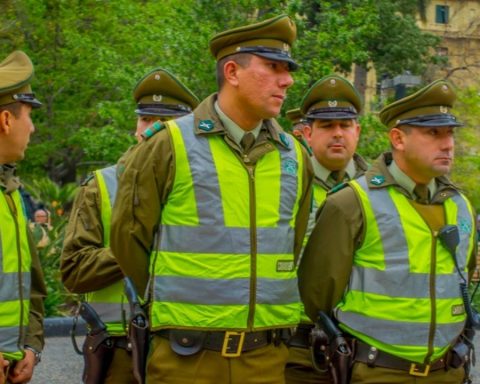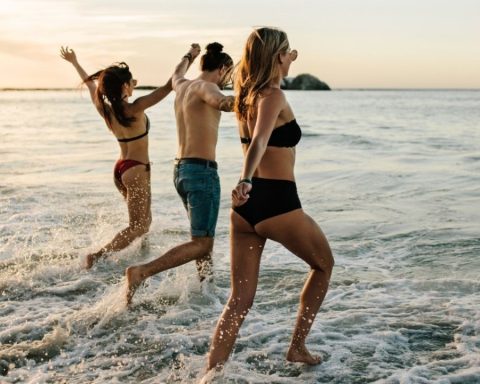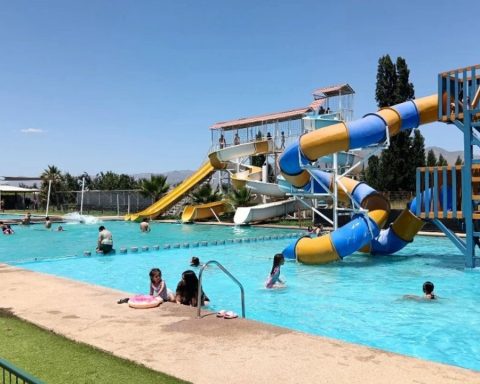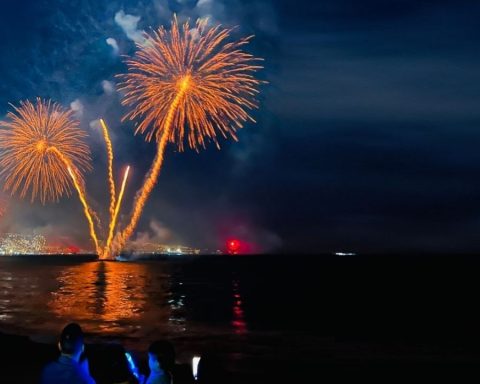From the March 23, until April 2the Latin American wildlife and environmental film festival, Santiago Wildwill be presented for the third time in our country, with a version that will showcase more than forty films with the best of nature and environmental cinema, in an innovative hybrid and regional modality, which will mix face-to-face, with samples at the Teatro Oriente, Ñuñoa Cultural Corporation and National Institute Extension Center, and online exhibitions, for the rest of Chile and Latin America.
Organized by the media hillside sur, and with the support of National Geographic Society and the Jackson Wild International Festivalthis innovative event received more than 700 documentaries and only 20 of them became, in the eyes of an outstanding international jury, the most representative of the festival. “We are happy with what is happening with this film festival. In this third version we receive films from more than 60 different countries and what we want most is to promote Latin American talent in an industry that is small, but we realize that there is a lot of talent to promote. I have no doubt they will be surprised. There are many very inspiring stories about very current issues that cannot be missed” Explain Martin del Riodirector of Ladera Sur and the festival.
international competition
“New Latin American voices” and “Latin America in the eyes of the world”are the two categories that will present subsections in both long and short films, and that can be seen for free, for 10 days, on the official website: www.santiagowild.com.
Among the films in competition, in the category “Latin America in the eyes of the world”, the feature films “Collision”, by the English-Chilean director, Phillip hamilton, a documentary that portrays the problems of increased maritime traffic in the oceans and the impacts with large cetaceans; “Sonora”, by the North American director, Johnny Holderwhich explores the human sensory connection with nature, through the mind of a blind bird watcher in Colombia.
In the case of the selection of films belonging to “New Latin American voices”, the works “Tunquén a wounded sanctuary” stand out, directed by the nationals, Jose Miguel Sauvalle Perez and Francisca Isidora Santamaria Wilhelm, a documentary that seeks to make visible the situation that threatens the only beach on the central coast of Chile that has not been transformed into a spa; and “Shirampari, heridad del río”, by Peruvian director Lucía Flores, a film that delves into the story of an Ashéninka boy and the challenges of embarking on his journey to adulthood.
The official sample
There will be more than 30 films that will be screened out of competition and that are part of the official sample of the festival. Featured documentaries from around the world and major chains such as BBC, Nat Geo, Curiosity Stream, Smithsonian Channelwhere they will give visibility to various topics related to Latin American environmental conservation and the world, the fungi kingdom, the protection of glaciers or endangered species, successful conservation projects, among other various topics.
A must-see is “Frozen Planet II”, a co-production between the BBC and The Open University, will have its premiere in Latin America and the film not only focuses on life and the environment of the two poles, but has expanded its scope to include all cryosphere, while placing greater emphasis on the threats facing the inhabitants of these regions as a result of climate change. In addition, the film is narrated by the famous British presenter, david attenborough.

Another outstanding work is “Salvaje”, a film that delves into mental health and how nature can be a path to healing. The story centers on a young British man who seeks to overcome post-traumatic stress from fighting in Afghanistan by moving to the jungle of Madre de Dios, Peru, where he will help an ocelot cub reintegrate into the wild.
“The Humboldt Current”, an international production with local participation, portrays the importance of this marine phenomenon that goes from Chile to Peru and that among its main characteristics we find that the water in the area is 10 degrees colder than other areas of the Pacific, which impacts the coastal ecosystems in its path. The temperature causes plankton to be pushed to the surface, which serves as food for marine animals. Its importance is such that the area is considered the richest ecosystem on the planet.
A marine videographer is the director of “Patrick and the Whale.” In the film we will see the relationship that forms between a sperm whale and the director, who has dedicated his life to portraying marine life, learning how cetaceans perceive other creatures in the water. Thanks to his work we will be able to see the friendship relationship that is formed with Dolores, a whale that inhabits the waters of Dominica and that finally it will be she who will allow him to know her way of communication and that was recorded through stunning images.
Since March 9, Santiago Wildwill have its entire billboard open to the public with information on the tapes and tickets will also be available to attend the face-to-face functions on the event’s official website: www.santiagowild.com.


















